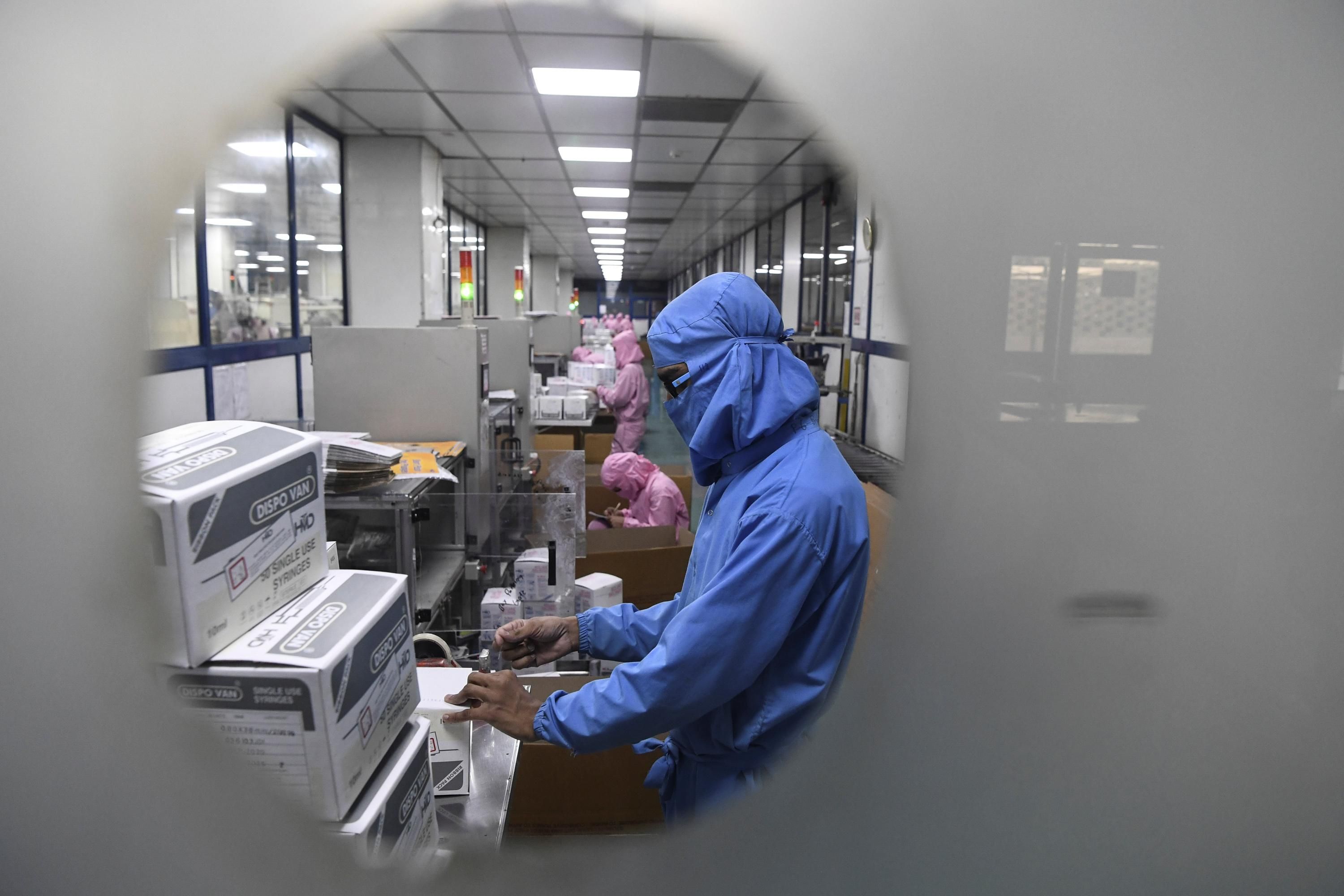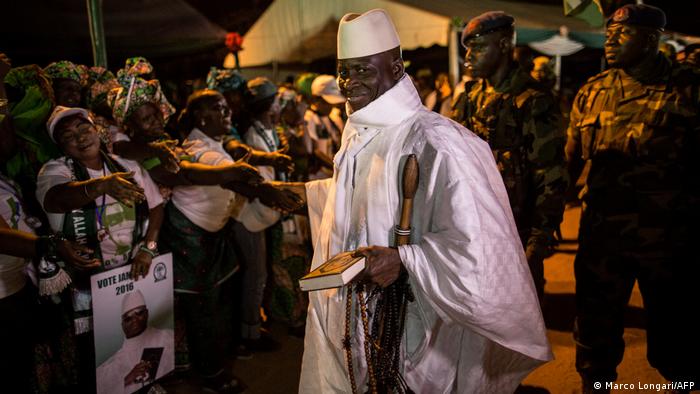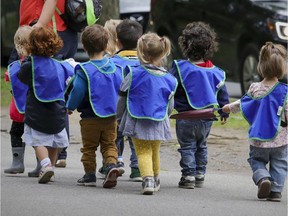Work for yourself? Canada has fewer and fewer people like you — and here's why
Self-employment dropped to its lowest level in more than a decade during the pandemic
Jacqueline Hansen · CBC News · Posted: Dec 24, 2021

Every day, Michelle Palmer has thoughts of closing her Toronto spa, Pause Beauty Boutique, after operating at a loss during the pandemic and struggling to get federal support as a self-employed sole proprietor. (Oliver Walters/CBC)
On the surface, Canada's labour market has made a complete comeback since losing nearly three million jobs at the start of the pandemic, but dig a little deeper, and you'll see that the recovery hasn't been for everyone, including self-employed Canadians.
Self-employment in Canada had been growing steadily for several years, but over the course of the pandemic, it fell to its lowest level in more than a decade. There were nearly 2.9 million self-employed Canadians in February 2020. Now, there are just over 2.6 million.
Some of the losses in self-employment have been made up by gains in paid employment in the same industries, according to Statistics Canada. Those include professional, scientific and technical services.
But in other industries, such as agriculture, construction and services, including personal care, declines in self-employment haven't been offset.
Richard Dias, founder and head of research at Acorn Macro Consulting in Halifax, blames the drop on government pandemic policies that weren't tailored to support the success of Canada's self-employed. These policies include blanket business closures and capacity restrictions, complicated applications for financial support and PPE requirements.
"It favoured giant corporates, who obviously are structured much, much better to navigate difficult situations … versus the humble shopkeeper," said Dias.
Statistics Canada breaks self-employment into several categories, including people who own an incorporated or unincorporated business, farm or professional practice, or those without a business, such as newspaper carriers or babysitters. Most self-employed Canadians are a business-of-one, but about one-third employ other people.
Dias is also worried about those self-employed Canadians who stretched themselves financially to survive the pandemic.
"After doing all the right things, they burned through their savings," he said. "There's no recognition, frankly, of that profound systemic error and the prolonged impacts that it's going to have on our economy."
Business on the brink
Michelle Palmer has been self-employed for eight years, but the owner of Pause Beauty Boutique in Toronto said the pandemic has made her question it.
"I've encountered the idea and the thought of closure so many times in the last two years, I can't even count," said Palmer.
She was forced to close her spa business for 10 months out of the past two years because of public health lockdowns. Despite applying for all the financial help she could, she reopened her doors deep in debt.
"Our debt load is in the six figures right now, and that's not going to go away overnight."
Falling through the cracks
Some self-employed Canadians fell through the cracks of government support programs, according to Dan Kelly, the president of the Canadian Federation of Independent Business.
"I've talked to thousands of self-employed people who really got almost no support through the COVID emergency," said Kelly.
He says many of them didn't qualify for programs that their large or medium-sized counterparts did. For example, the Canada Emergency Business Account provided interest-free loans of $40,000, but initially, applicants had to show they had an annual payroll of at least $50,000 in 2019 to access it.
Self-employed workers were eligible to apply for the Canada emergency response benefit (CERB) and its replacement, the Canada recovery benefit (CRB), but Kelly argues the income support was not enough to keep a business going.
Palmer says she was cut off from the personal support programs this year because her 2020 taxes showed she didn't make the required $5,000 to be eligible for CERB or CRB. That's because she is a sole proprietor, which means that her business and personal taxes are filed together, and because of the closures, Palmer's business operated at a loss.
"The message that we've sent to entrepreneurs over the last two years has been a pretty negative one," said Kelly.
The CFIB expects a wave of business closures in 2022 as the federal pandemic support programs wind down.
"I think many business owners will not see a pathway back to profitability," said Kelly.
Potential new cohort of entrepreneurs
But a new wave of self-employment could be on the horizon. According to a recent survey, 30 per cent of "traditionally employed" Canadians expect to transition to self-employment in the next two years.
The online survey of 3,000 people who work full-time was conducted in August and September of 2021 by data company Dynata for cloud accounting firm Freshbooks. The survey results were balanced against Statistics Canada data on age, gender and industry.
Such a shift to self-employment would be welcome news to the CFIB's Kelly, who wants to see the group of self-employed Canadians grow — not shrink.
"They are the group that we're counting on to replace many of the businesses that are now boarded up," he said. "We're also counting on them to create jobs for other Canadians."
Seeking out job security
In the professional, science and technical fields, the trend may be headed in the opposite direction: toward salaried positions, which increased by close to 22 per cent between November 2019 and November 2021. Statistics Canada suggests the rise is a sign a pandemic-related shift to more standard forms of employment may be underway.
Many of those newly hired employees likely want the stability of a salaried position, according to Scotiabank deputy chief economist Brett House.
"It's not a sign that Canadians are becoming less entrepreneurial. It is a sign that the labour market recovery is continuing and getting firmer," said House.

Shannon Mulligan, with her two young children, has traded freelancing for a full-time role with a growing tech company. (Tina Mackenzie/CBC)
Copywriter Shannon Mulligan is among that crowd. While freelancing was a lifeline during the pandemic, a position with a tech start-up in Toronto recently won her over.
"Moving from freelance to full-time was not something I was really ready to do, but… it was just an overwhelmingly exciting opportunity," said Mulligan.
Her new job comes with the flexibility of working from home, something that was more common for freelancers than paid employees pre-pandemic.
"Being able to have that still helped seal the deal for me," said Mulligan.
Sticking with self-employment
But others aren't ready to give up their self-employment status just yet.
Despite having thoughts of walking away from Pause Beauty Boutique, Palmer says she hasn't followed through with it yet because she still loves it despite the stress and the financial cost.
"[Working for myself] is the most empowering thing I've ever done … and I am not willing to give that up lightly."
The Petit Bourgeoisie
Yeah, Marx wants the entire bourgeoisie overthrown—but for him, there's actually more than one kind of bourgeoisie, or at least there are different shades of bourgeoisie.
The petit—French for small—bourgeoisie is made up of small business owners. These people hire other workers, and hence benefit directly from the appropriation (or, in Marx's view, stealing) of the proletariat's wage-labor, but they generally do not own large-scale means of production. So, a grocery-store owner would be petit bourgeoisie, because he benefits from the value added by the labor of his workers but doesn't own an oilrig or a bunch of land.
An interesting example might be a small-fry, self-employed freelance journalist in what today is called the knowledge economy (as opposed to Marx's industrial age). The journalist owns a computer and office equipment, which are arguably means of production, even if small-scale. He or she might also "hire" unpaid interns—a kind of employment, sort of—whose labor he benefits from for free.
On the other hand, as a little-known journo, he or she is probably paid an average of only about $200 per article before self-withholding for taxes, which is certainly not what you expect a member of the bourgeoisie to be living off of or re-investing.
The question of classifying the petit-bourgeois points to the boundary problem Marx's class analysis raises: where do you draw line as to who belongs to which class? Marx seems obsessed with looking at the world in terms of economics—wage-labor versus capital, for instance. But what about a male journalist, for example, being able to win more article assignments from magazines than a female journalist, simply because of the over-representation of males in the media? The Manifesto says next to nothing about this factor in classification; see our "Women and Femininity" theme for more on that.
Don't Be So Petty
Another point Marx would raise about the petit bourgeoisie is that they're at risk of becoming proletarians due to the increasing power of the bourgeoisie, who centralize wealth and influence the government to pass laws in their favor, pushing everyone else downward economically.
In Marx's words, "The lower strata of the middle class—the small tradespeople, shopkeepers, and retired tradesmen generally, the handicraftsmen and peasants—all these sink gradually into the proletariat, partly because their diminutive capital does not suffice for the scale on which Modern Industry is carried on, and is swamped in the competition with the large capitalists, partly because their specialised skill is rendered worthless by new methods of production. Thus the proletariat is recruited from all classes of the population" (Section1.35).
Capitalist economists would argue otherwise: that if the rich get richer, the poor get richer, too, as in the saying that a rising tide lifts all boats.
Today, both the bourgeoisie and petit bourgeoisie can be contrasted against the labor aristocracy. The labor aristocracy is made up of workers who have managed to negotiate pay for themselves higher than the value they add by their labor. Although labor aristocrats don't benefit from the wage laborer directly—since labor aristocrats don't hire the wage laborer and then keep a portion of the value the laborer adds to the product—they do benefit indirectly by having the purchasing power to buy the goods the laborer makes but cannot afford.
They also benefit indirectly in the sense that the higher wages they're paid for their labor are only made possible, Marx would say, by the wages stolen from the value added by the wage-laborers on the bottom.
Marx, in fact, might say that many workers in the United States are labor aristocrats compared to workers in the third world such as child miners in Africa, since the former are able to maintain a lifestyle the latter can't and can do so only because of the great inequality between workers in the U.S. and the third-world workers they indirectly exploit.











